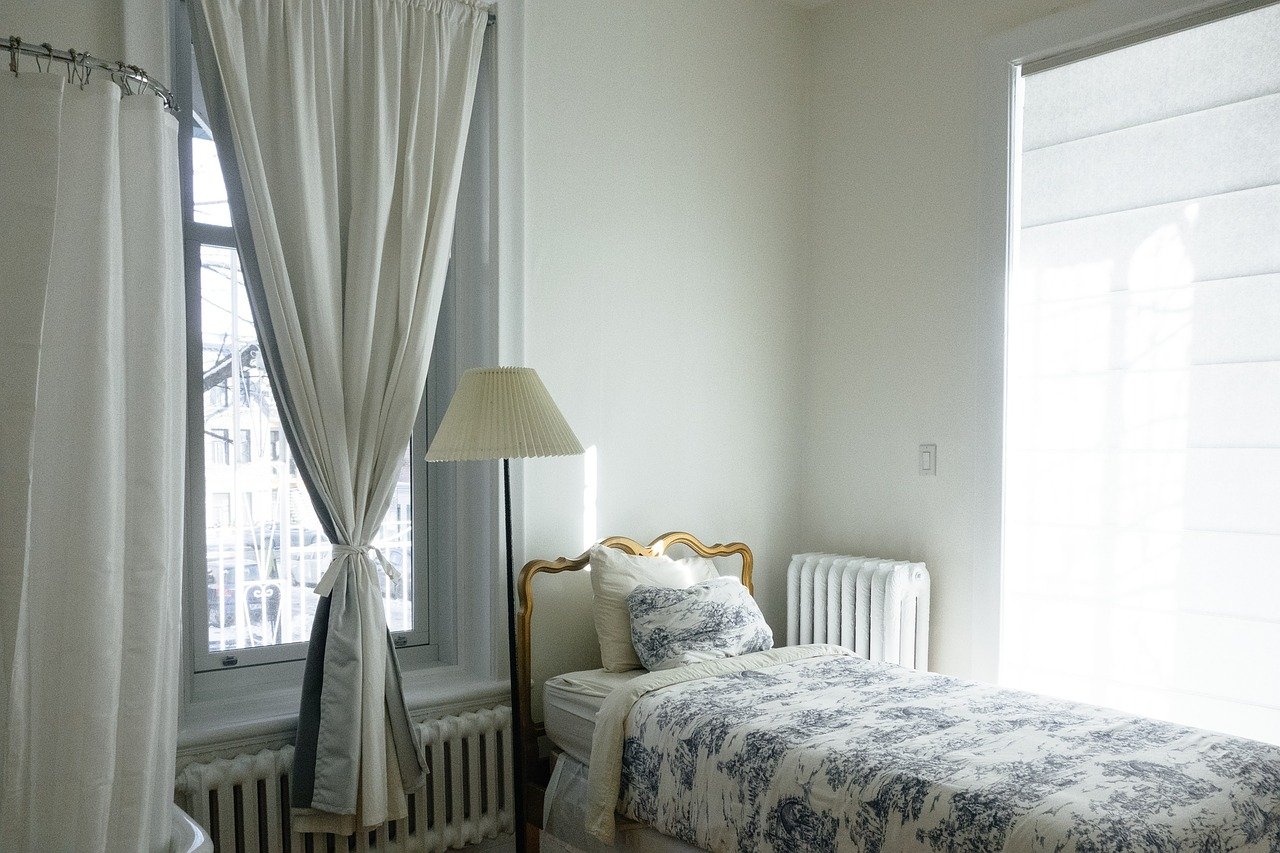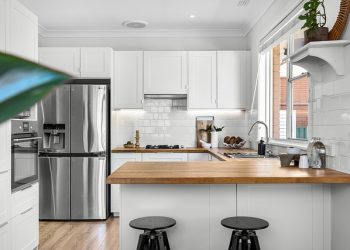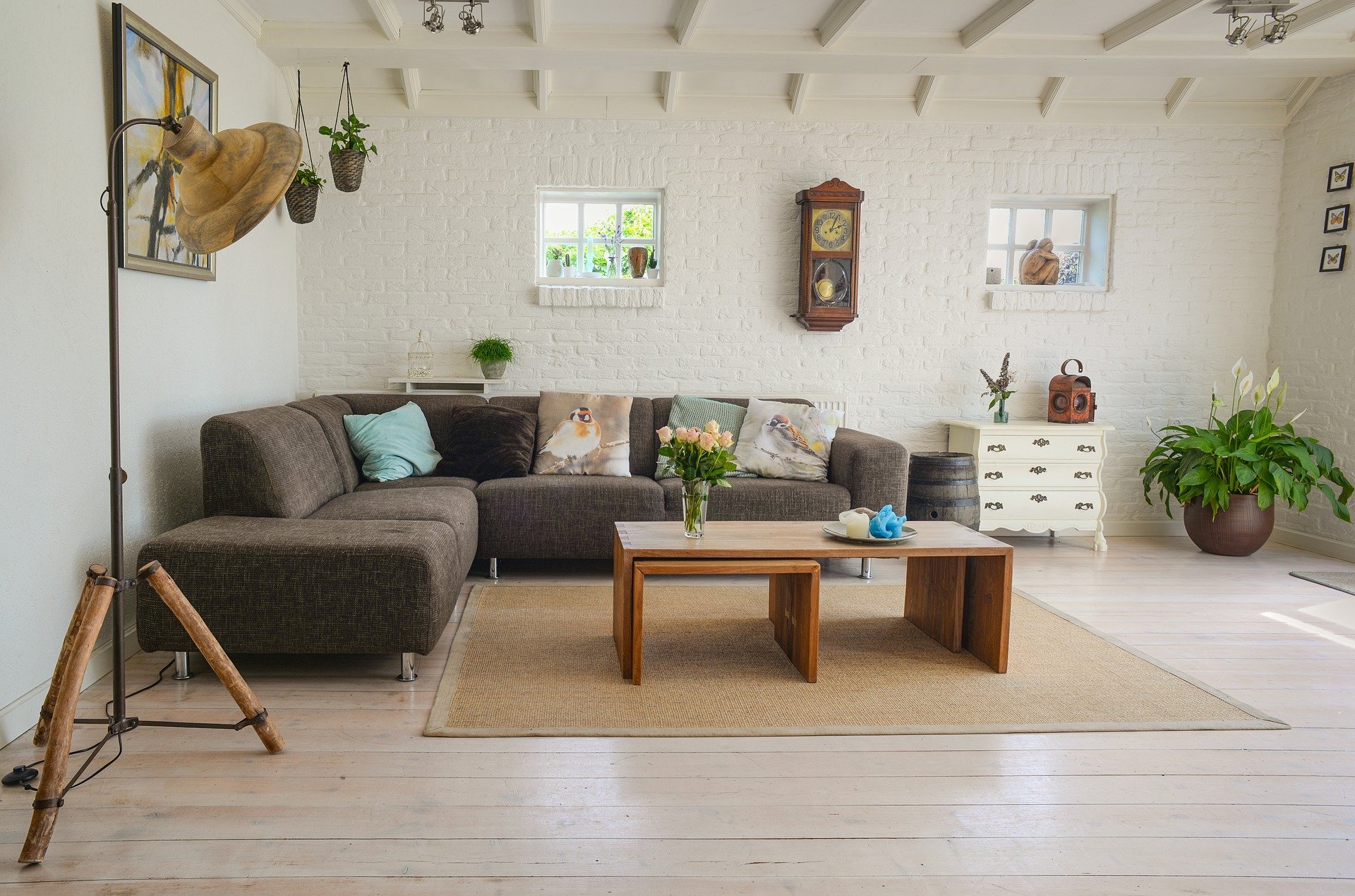Designing a child’s bedroom requires balancing style, functionality, and fun. The space should be comfortable, inspiring, and secure. Whether starting fresh or updating an existing room, this guide provides insights into creating a modern child’s bedroom that evolves with your child’s needs.
Setting the Foundation with a Neutral Base
Begin with a neutral color palette featuring shades of white, gray, or beige. These colors provide a versatile backdrop that allows for easy updates as your child’s tastes change. Adding texture through wall treatments like shiplap, wainscoting, or an accent wall can prevent the room from feeling too sterile.
Infusing Personality with Colors and Patterns
Introduce personality with bold colors and patterns through bedding, rugs, curtains, and accent pillows. Bright hues like teal, yellow, and coral or patterns such as stripes, polka dots, and geometric shapes can energize the space. Consider wall decals or a feature wall with wallpaper to add vibrant touches without overwhelming the room.
Selecting Functional and Stylish Furniture
Choose furniture that grows with your child, such as convertible beds that transition from toddler to full-size. Multi-functional pieces like metal bunk beds, loft beds with desks, or beds with built-in storage maximize space and functionality. Essential furniture includes a sturdy dresser, a bookshelf, and a comfortable chair or bean bag for reading.
Organizing with Dedicated Zones
Create dedicated zones for sleeping, studying, playing, and reading to help children focus and keep the room organized. Set up a cozy reading nook with a bookshelf and a comfy chair, a study area with a desk and good lighting, and a play area with ample floor space and toy storage.
Implementing Efficient Storage Solutions
Effective storage solutions are crucial for keeping toys, clothes, and books organized. Use a mix of open and closed storage like bins, baskets, and shelves for toys and books, and closet organizers for clothes. Utilize under-bed storage bins to make the most of available space.
Ensuring Safety and Comfort
Prioritize safety by ensuring all furniture is sturdy and secured to prevent tipping. Choose non-toxic paints and finishes, cover electrical outlets, and keep cords out of reach. For comfort, invest in a quality mattress and blackout curtains to ensure a restful night’s sleep.
Incorporating Playful Elements
Add playful elements to stimulate imagination and make the room enjoyable. Consider features like a teepee or play tent, a climbing wall, a swing chair, or a chalkboard wall. These elements not only add fun but also encourage creativity and development.
Enhancing the Room with Layered Lighting
Use layered lighting for functionality and ambiance. Combine ambient lighting (ceiling fixtures), task lighting (desk lamps), and accent lighting (string lights or nightlights). Dimmer switches can help create a calming atmosphere for bedtime.
Planning for Future Growth
Design the room with future growth in mind. Select furniture and decor that can be easily updated as your child’s needs and preferences evolve. For example, a desk that transitions from an art table for preschoolers to a study desk for teenagers. This approach ensures the room remains functional and appealing as your child grows.
Conclusion
Creating a modern child’s bedroom involves blending style, functionality, and adaptability. Start with a neutral base, add vibrant colors and patterns, choose multi-functional furniture, and include personal and playful touches. Prioritize safety and comfort, and plan for the future to ensure the room remains a cherished space for years. With thoughtful design and attention to detail, you can create a modern child’s bedroom that is both beautiful and practical.







